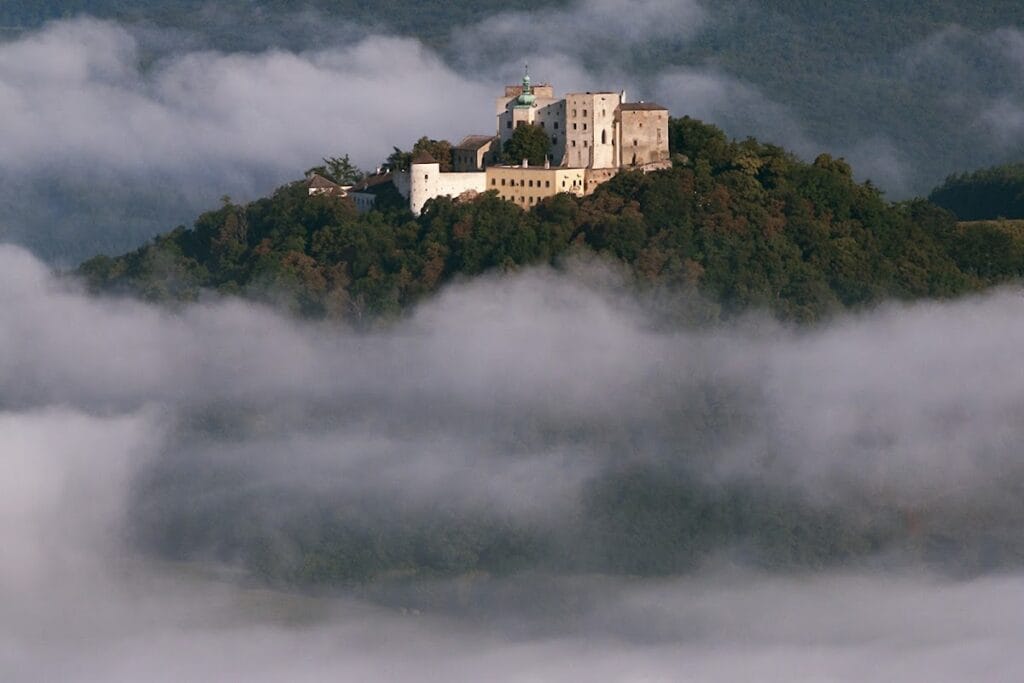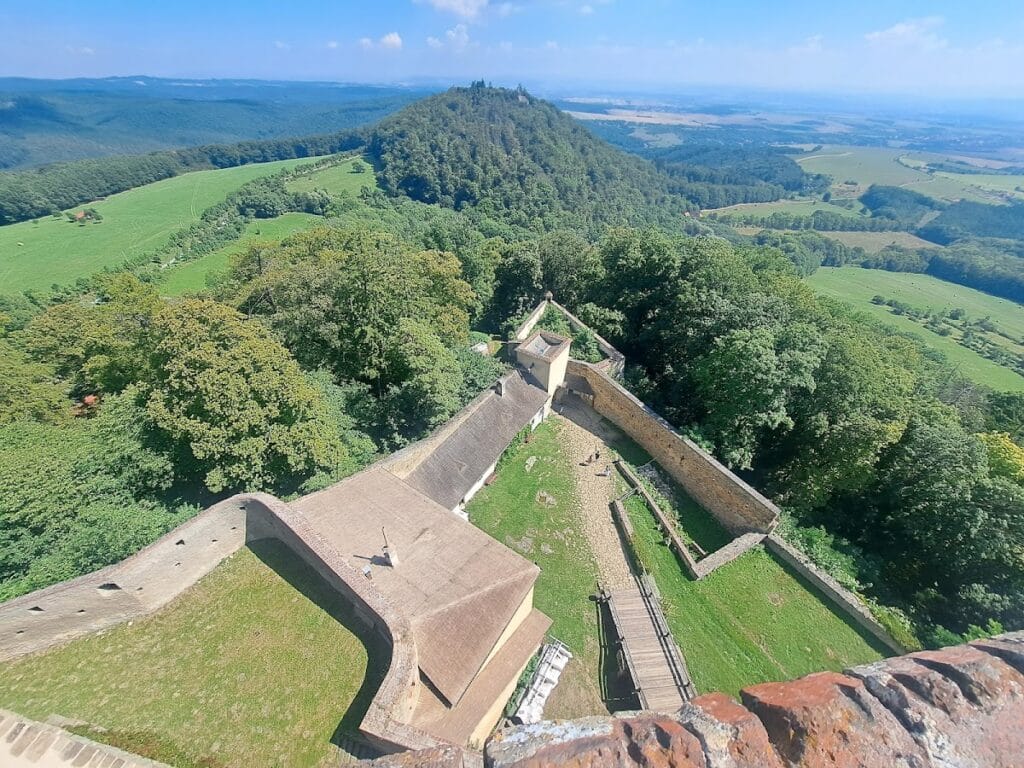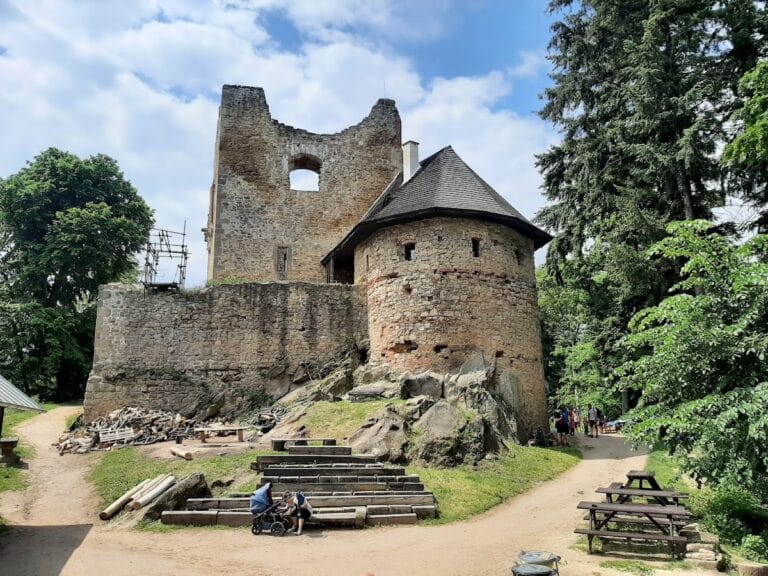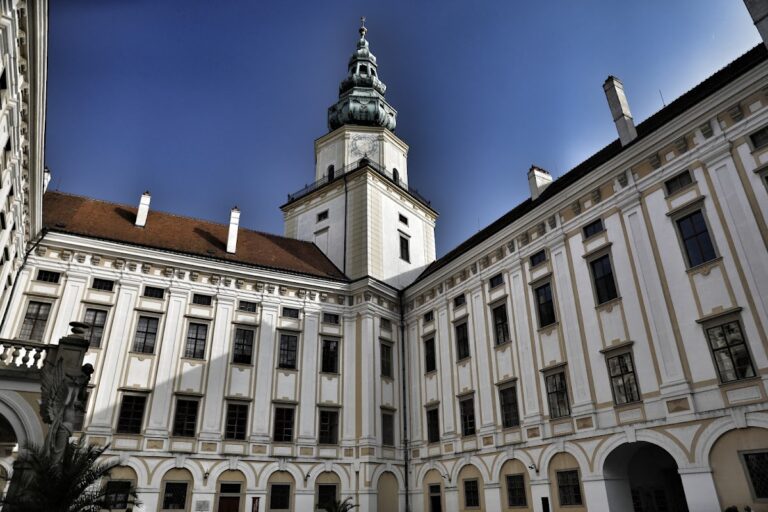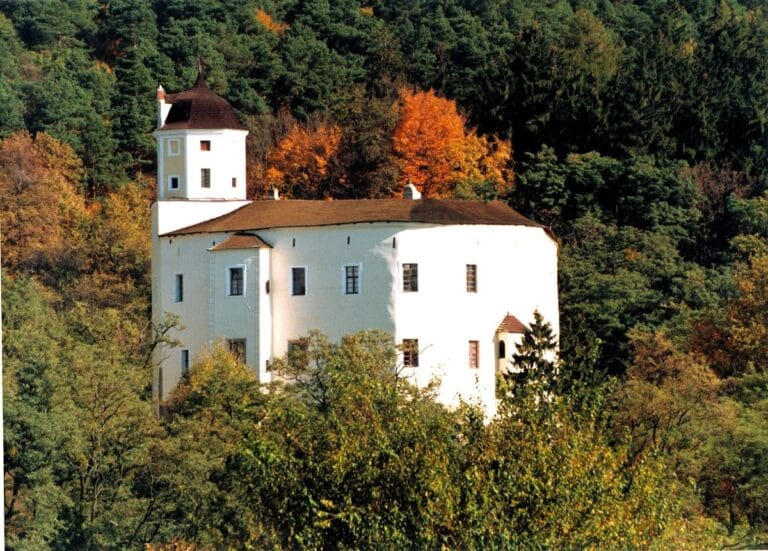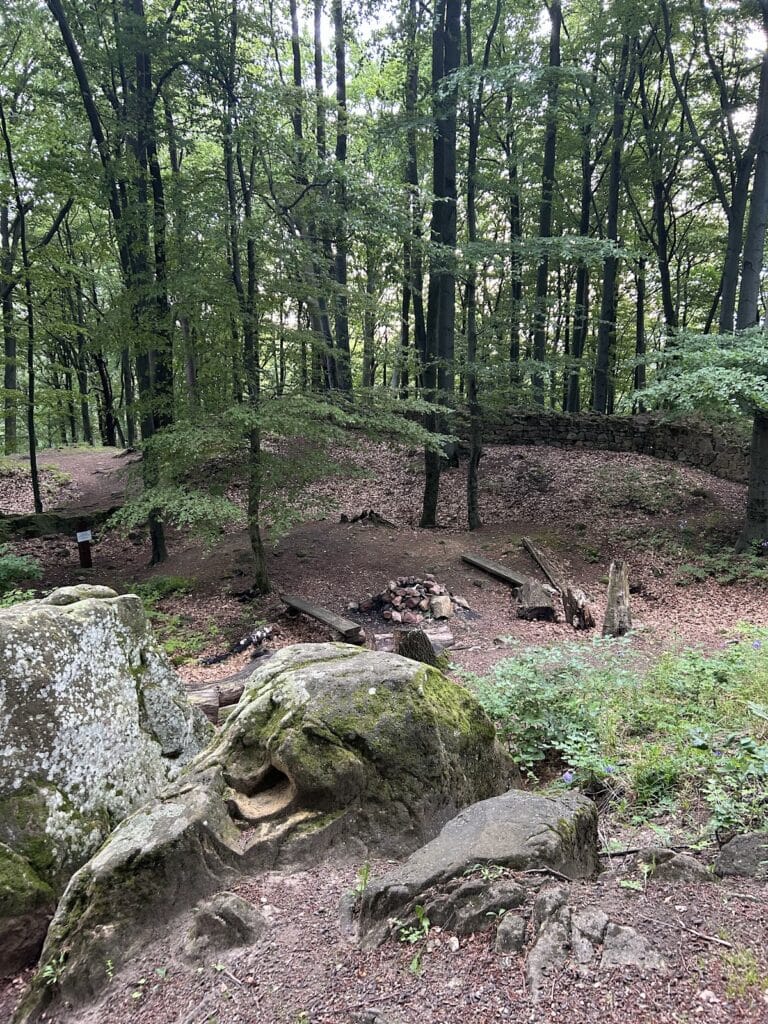Buchlov Castle: A Medieval and Renaissance Fortress in the Czech Republic
Visitor Information
Google Rating: 4.5
Popularity: Medium
Google Maps: View on Google Maps
Official Website: www.hrad-buchlov.cz
Country: Czechia
Civilization: Medieval European
Remains: Military
History
Buchlov Castle is located near the village of Buchlovice in the Czech Republic. It was built by the medieval Bohemian kingdom during the early 13th century as a strategic royal fortress.
Initially constructed in the first half of the 1200s, Buchlov served as a royal stronghold perched on a hill in the Chřiby mountains. Its position at about 510 to 522 meters above sea level allowed for effective defense and oversight of the surrounding lands. Beyond its military role, the castle functioned as an administrative center managing local economic affairs and wielding royal judicial authority, particularly related to hunting rights known as “lovecké právo.” This legal power granted the castle’s administrators the ability to judge hunting crimes and enforce related laws, a notable privilege maintained from the 14th century until it was discontinued in 1749 by imperial order.
The fortress remained crown property until the early 16th century. In 1511, King Vladislav II Jagellonský awarded it to Arkleb Trnavský of Boskovice in recognition of his military contributions against the Ottoman Turks. The castle soon changed hands several times: sold to the Žerotín family in 1520 and later purchased by Jan Ždánský of Zástřizl in 1542. The Ždánský family significantly transformed Buchlov, investing in major renovations that brought Renaissance stylistic elements to the structure. They made the castle a residence, staying there for more than one hundred years.
During the period from 1644 to 1800, the Petřvald family owned the castle. They responded to renewed invasions by the Turks by reinforcing Buchlov’s defenses, adding a bastion and a tower gate in the 17th century. However, despite these upgrades, the castle gradually became less comfortable as a home. By 1751, it ceased to be used as a permanent residence, marking the decline of its role as a noble household.
Following the Petřvalds, the Berchtold family became the last private owners. They preserved the castle’s historical character and developed a family museum showcasing valuable natural history and historical collections. These were largely compiled by Leopold I. and Bedřich Berchtold, both of whom were known for their scholarly pursuits and extensive travels. After World War II, in 1945, Buchlov transitioned to state ownership and was designated a national cultural monument in 2002, recognizing its importance in the region’s heritage.
Local folklore enhances the castle’s historical narrative. One well-known legend involves a lime tree said to have played a role in proving the innocence of a soldier condemned to death, symbolizing the castle’s judicial past tied to hunting laws and crimes. The nearby Chapel of Saint Barbara, constructed between 1670 and 1672 by Hanuš Zikmund of Petřvald, stands as part of the castle complex, serving as a mausoleum for the Petřvald and Berchtold families and connecting the site’s spiritual and familial history.
Remains
Buchlov Castle exhibits a layered architectural complex that reflects both its medieval origins and Renaissance transformations. Initially constructed in a transitional Romanesque-Gothic manner, it underwent substantial remodeling from 1540 to 1558 under Jan Ždánský of Zástřizl, who adapted the fortress for residential and representative purposes. The castle is situated atop a hill, where its most striking architectural feature is a 35-meter-high tower. This tower has a square base and includes an open viewing platform, offering expansive views over the Chřiby hills and nearby valleys.
The castle’s layout comprises several courtyards. The first courtyard is entered through a Baroque gate built in the 17th century, accompanied by a bastion added during that time for enhanced defense. Access to the second courtyard is achieved via a wooden bridge and a Baroque passage running through the burgrave’s building. Within this second courtyard, originally intended for economic and farm operations, stands the Renaissance tower known as “Andělka,” named after a prisoner who was once held there.
Adjacent to the second courtyard lies the heart of the medieval castle, marked by a prominent Renaissance building dating from 1602. This structure, along with a terrace that supports a clock tower, provides entry into the inner courtyard. The buildings surrounding this courtyard display a variety of architectural styles accumulated through centuries of development.
Inside, many of the castle’s noble living spaces remain well-preserved. These rooms include furnishings from the Gothic and Renaissance eras alongside art pieces such as the Buchlov Madonna, a mid-14th-century sculpture of high artistic and religious value. Baroque paintings by artist Petr Brandl are also part of the interior collection. Among the castle’s sacred areas, an early Gothic chapel located within the southeast entrance tower is particularly noteworthy for its historical and spiritual significance in southern Moravia.
The Berchtold family contributed substantially to the castle’s interior through collections of natural history and archaeological artifacts, many of which remain on display. Despite suffering a major fire in 1931, the castle was carefully restored and maintained under the care of the National Heritage Institute. The nearby Chapel of Saint Barbara, situated about one kilometer away on Modla hill, originates from the 13th century and was remodeled in Baroque style in 1672. This chapel is integrated into the castle’s historical ensemble as a burial place for the Petřvald and Berchtold families.
Together, these structures and their contents present a rich and well-documented legacy of Buchlov’s evolution from a medieval royal fortress to a Renaissance residence and, ultimately, a preserved cultural monument.
